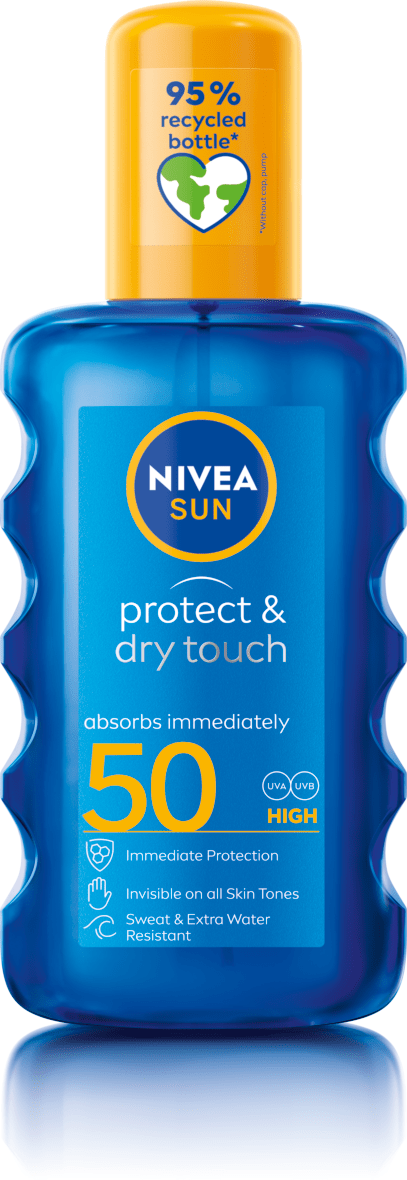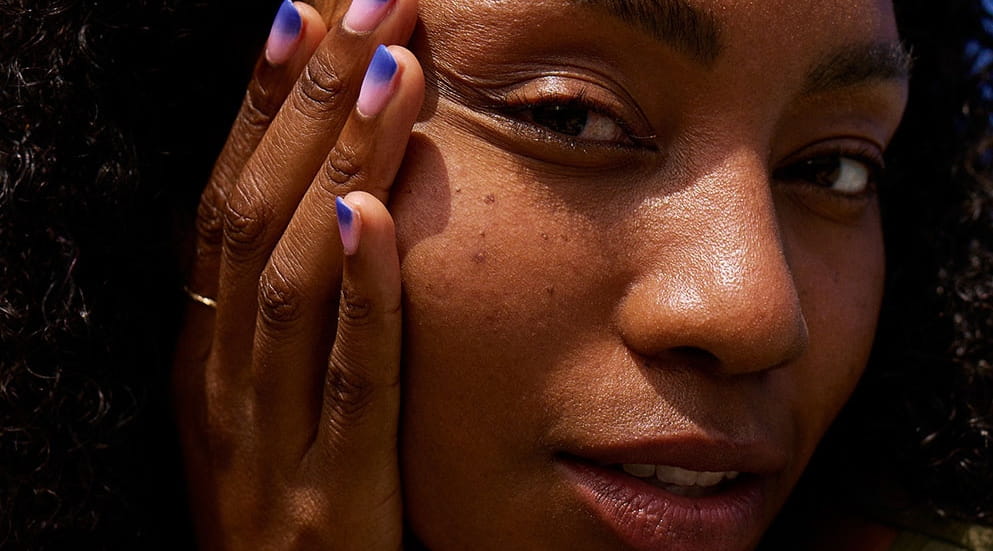
What is SPF in sunscreen?
How long does it last?
& Which do you need?
Imagine stepping outside on a sunny day, feeling the warmth on your skin, the sun beaming down with all its might. It sounds lovely, but did you know that the sun's rays can cause serious damage to your skin if you're not protected? That’s where sunscreen swoops in to save the day! Sunscreen isn't just for those beach days; it’s a year-round essential that should be a part of your daily skincare routine. Whether it's summer or winter, your skin needs protection from the sun’s harmful UV rays. So, let’s dive into the world of SPF—what it means, why it's important, and how to choose the right one for you.








.jpg?rx=1343&ry=0&rw=1452&rh=806&hash=192B2499C92AC8DF03556196ACEFD473)

